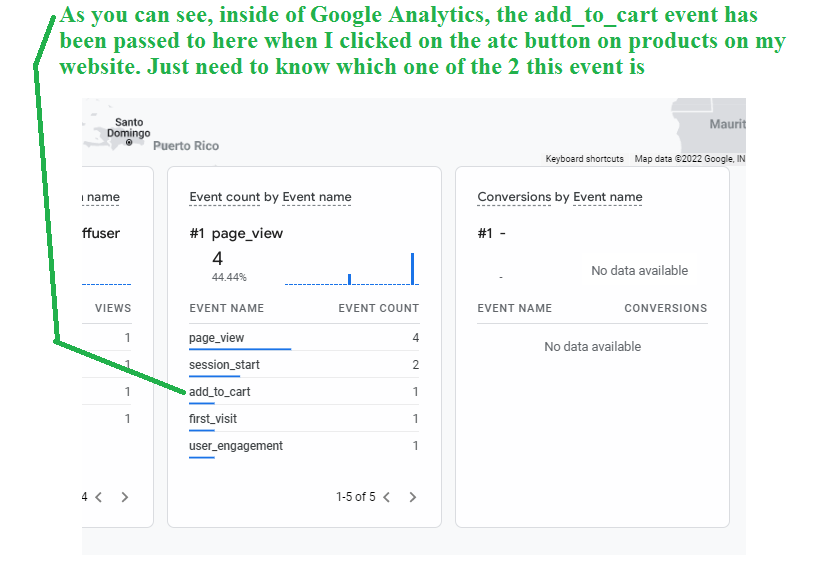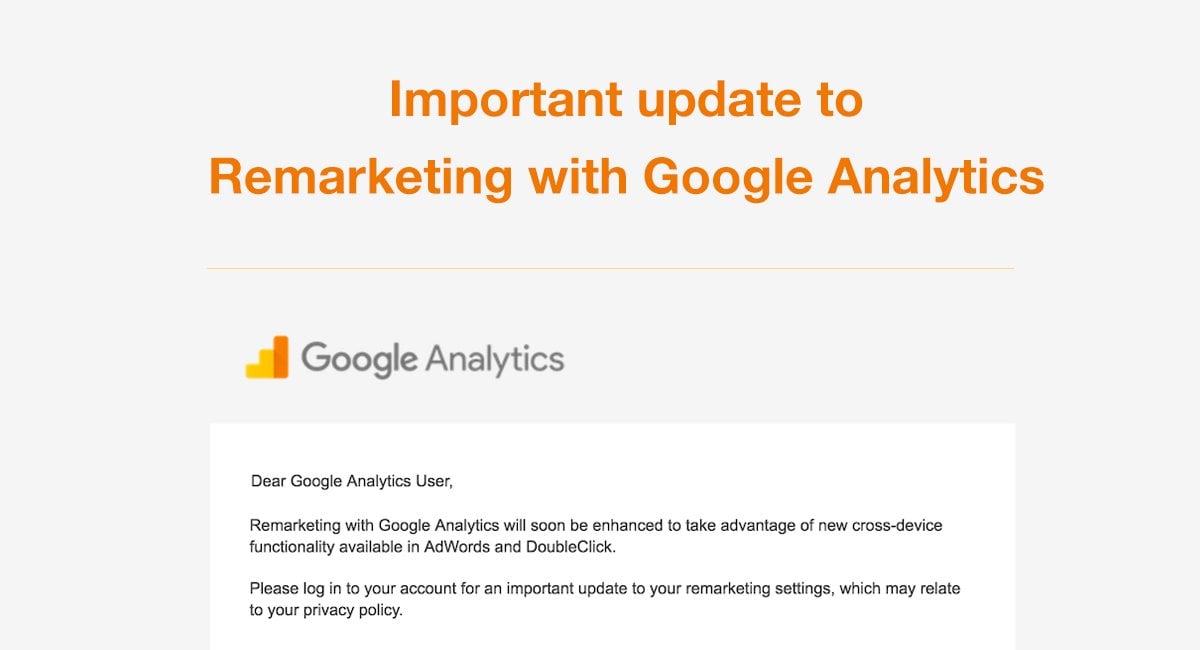Reliable Techniques for Remarketing in Google Analytics
With tactical audience segmentation, tailored remarketing listings, and interesting advertisement creatives, companies can craft customized projects that resonate with their target audience. By checking out the subtleties of dynamic remarketing and leveraging sophisticated tracking tools, businesses can open the full capacity of their remarketing efforts, leading to enhanced brand name visibility and consumer involvement.
Target Market Segmentation
Using target market division is a pivotal strategy in enhancing the performance of remarketing campaigns within Google Analytics. By splitting your target market into unique teams based upon their habits, demographics, or rate of interests, you can customize your advertising and marketing messages to be much more appealing and relevant. This technique enables you to supply customized advertisements to specific sections, boosting the likelihood of conversion.

In addition, audience segmentation assists you comprehend the varying requirements and choices of various client groups, enabling you to craft more compelling advertisement creatives and deals. This targeted approach not only boosts the efficiency of your remarketing efforts but also boosts overall project efficiency.
Establishing Up Remarketing Listings
To effectively apply remarketing approaches in Google Analytics, the preliminary action entails creating targeted remarketing checklists based on specific target market interactions. Establishing remarketing lists enables marketing experts to sector their website site visitors right into different categories based upon their behavior, such as web pages seen, products looked for, or activities handled the site. By specifying these segments, online marketers can then develop pertinent and customized ads that target these details teams, raising the chance of conversion.
Remarketing checklists can be established making use of numerous standards such as page visits, period of browse through, specific objective conclusions, and even details occasions activated on the web site. This degree of customization makes it possible for marketing professionals to customize their advertisements to match the rate of interests and preferences of each segmented target market, bring about higher engagement and conversion prices.
Additionally, remarketing checklists can additionally be developed based upon information imported from various other sources like CRM systems, permitting much more accurate targeting. By establishing these targeted remarketing checklists, online marketers can properly get to out to prospective consumers that have already revealed rate of interest in their items or services, making the most of the influence of their remarketing campaigns.
Producing Engaging Advertisement Creatives
After segmenting site site visitors into targeted remarketing lists based on details target market communications, the following important action is to craft compelling advertisement creatives that resonate with each segmented group's preferences and passions. The performance of remarketing projects greatly depends on the ability of these ad creatives to record the interest of the target market and drive them to take the desired activity.
To develop compelling advertisement creatives, it is vital to comprehend the special qualities of each segmented group (What Is “Remarketing” In Google Analytics?). Tailoring the messaging, visuals, and uses to line up with the passions and preferences of the target market can substantially enhance the possibilities of conversion. Using vibrant advertisements that immediately change material based on the user's habits can additionally enhance the personalization of the ad experience

Surveillance Efficiency and Optimization
Effective surveillance of campaign performance and continual optimization are important facets of successful remarketing methods in Google Analytics. To make sure the efficiency of remarketing projects, marketers need to routinely track essential efficiency metrics such as click-through rates, conversion rates, and return on advertisement invest. By keeping track of these metrics, online marketers can acquire useful understandings right into the efficiency of their campaigns and determine locations for improvement.
In Google Analytics, online marketers can utilize tools like conversion monitoring and audience division to evaluate the performance of their remarketing campaigns. Conversion tracking enables online marketers to track particular actions that customers take after clicking on a remarketing advertisement, supplying beneficial information on the performance of the campaign in driving preferred end results. Target market segmentation, on the other hand, enables marketing professionals to separate their target market into various segments based on various criteria such as click to read demographics, habits, and passions, enabling more targeted and individualized remarketing efforts.
Continuous optimization is vital for making the most of the influence of remarketing projects. Online marketers need to make use of A/B screening to experiment with various advertisement creatives, messaging, and targeting techniques to identify the most effective methods. By routinely evaluating campaign efficiency data and making data-driven optimizations, marketers can make my site certain that their remarketing campaigns are accomplishing the wanted results and driving conversions efficiently.
Leveraging Dynamic Remarketing
Utilizing dynamic remarketing can considerably enhance the relevance and influence of targeted ads in Google Analytics. This sophisticated strategy enables advertisers to reveal personalized advertisements to individuals who have actually formerly visited their internet site or utilized their mobile application. By dynamically showing services or products that the customers have shown rate of interest in, dynamic remarketing aids to keep the brand fresh in their minds and encourages them to return to finish a purchase.

Furthermore, dynamic remarketing campaigns can be automated and maximized in real-time based on performance information, making certain that the advertisements stay efficient and appropriate. By leveraging dynamic remarketing in Google Analytics, advertisers can produce much more impactful and targeted marketing campaign that resonate with their audience and drive outcomes.
Final Thought
In find more final thought, reliable remarketing approaches in Google Analytics include target market division, targeted remarketing checklists, engaging ad creatives, performance tracking, and dynamic remarketing. By concentrating on tailored ads, data evaluation, and continual optimization, companies can boost conversion prices and drive engagement effectively. Leveraging tools like conversion tracking makes certain that advertisements stay relevant and customized, causing total success in remarketing initiatives.
Through tactical audience segmentation, customized remarketing lists, and appealing ad creatives, organizations can craft individualized campaigns that resonate with their target audience. Using dynamic ads that immediately change content based on the user's behavior can also enhance the customization of the advertisement experience.
Conversion monitoring enables marketing experts to track specific actions that users take after clicking on a remarketing advertisement, providing useful data on the performance of the campaign in driving wanted outcomes.Utilizing dynamic remarketing can significantly enhance the importance and effect of targeted ads in Google Analytics - What Is “Remarketing” In Google Analytics?.In final thought, effective remarketing techniques in Google Analytics include target market segmentation, targeted remarketing lists, compelling advertisement creatives, performance tracking, and vibrant remarketing